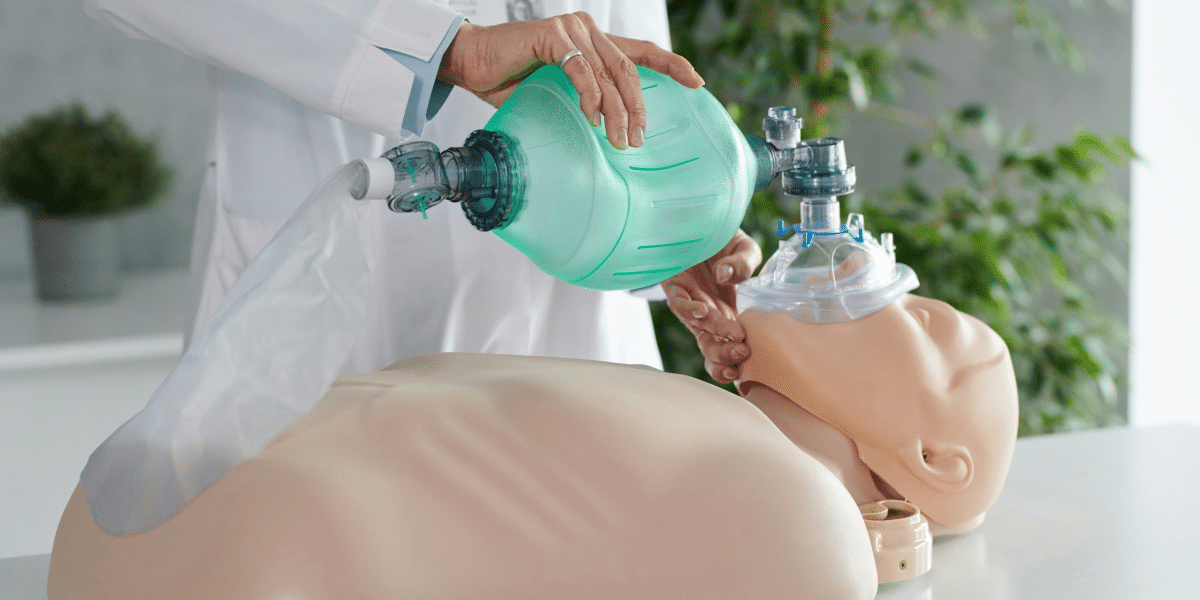Considering the unpredictable nature of medical emergencies, first aid and CPR (Cardiopulmonary Resuscitation) are critical skills. An online first aid and CPR course in Canada not only provides the theoretical background and practical skills necessary to handle emergency situations effectively but also offers the flexibility to learn at your own pace and convenience.
Benefits of Online Learning for First Aid and CPR
Online learning has revolutionized how individuals acquire new knowledge and skills, particularly in fields requiring up-to-date training like first aid and CPR. Here are a few benefits:
- Flexibility and Convenience: Learn from anywhere, at any time that suits your schedule.
- Access to Expert Knowledge: Courses are often designed and led by certified professionals.
- Cost-Effective: Generally cheaper than in-person courses due to reduced logistical costs.
- Up-to-date Material: Online courses can be easily updated to reflect the latest health guidelines and practices.
Key Components of a Comprehensive Course
A well-rounded online first aid and CPR course should cover a variety of topics to prepare you for a wide range of situations. Key components typically include:
- Basic First Aid: Wound care, infection management, and allergic reactions.
- CPR Techniques: Proper hand placement, compression ratios, and breath techniques for adults, children, and infants.
- Automated External Defibrillator (AED) Usage: How and when to use an AED.
- Emergency Preparedness: Preparing emergency action plans and kits.
- Legal Considerations: Understanding the legal aspects of providing first aid and CPR.
Choosing the Right Online First Aid and CPR Course
When selecting an online first aid and CPR course, consider the following factors:
- Accreditation: Ensure reputable organizations recognize the course.
- Content Quality: Look for comprehensive, up-to-date materials.
- Instructor Credentials: Instructors should be certified and experienced.
- Interactive Components: High-quality courses often include simulations or interactive sessions to practice skills virtually.
Practical Applications and Real-Life Scenarios
To enhance learning, excellent courses incorporate real-life scenarios that challenge you to apply what you’ve learned in practical, realistic settings. This approach helps solidify knowledge and boosts confidence in handling real emergencies.
Certifications and What They Mean for You
Upon completion, reputable courses provide a certification that may be necessary for certain employment roles or just for personal assurance. Keep in mind that:
- Certifications often need regular renewal.
- They signify that you’ve met specific competencies in first aid and CPR.
Why Choose an Online First Aid and CPR Course?
Online first aid and CPR courses offer flexibility, allowing learners to schedule training around their busy lives. These courses are generally more cost-effective than in-person sessions and eliminate the need for travel, making essential training more accessible to a broader audience.
Detailed Course Content: What You Will Learn
Basic Life Support
- Assessment of the situation: Safety evaluations and emergency action principles
- CPR Techniques: Adult, child, and infant CPR
- AED Use: Learning automated external defibrillator functions
First Aid Techniques
- Managing Minor Injuries: Cuts, burns, and abrasions
- Handling Major Emergencies: Stroke, heart attack, severe bleeding
- Special Cases: Allergy reactions, asthma attacks, and more
Adaptive learning methodologies deliver content in engaging modules, including video tutorials, interactive simulations, and quizzes to test knowledge as you progress.
Certification Process and Validity
Upon completing the online course, participants must pass a final exam to receive certification. Employers and educational institutions across Canada generally recognize these certificates and are valid for a specific period, typically two years, after which a refresher course is required.
How Online CPR and First Aid Training Benefits Various Professionals
- Healthcare Workers: Staying updated with the latest CPR techniques
- Teachers and Childcare Providers: Ensuring the safety of children in their care
- Corporate Employees: Enhancing workplace safety compliance
- Public Service Employees: Police, firefighters, and paramedics enhance their emergency responsiveness
Choosing the Right Online First Aid and CPR Provider in Canada
When selecting an online course, consider:
- Accreditation: Ensure the provider is recognized by Canadian health and educational authorities.
- Content Quality: Look for up-to-date, comprehensive course material.
- User Experience: The platform should be user-friendly with responsive customer support.
- Feedback and Reviews: Check for positive reviews and testimonials from past users.
Summary
Online first aid and CPR courses in Canada are an excellent way to ensure you’re prepared for medical emergencies, enhancing personal and community safety. Enrolling in an online course is a step in the right direction for those looking to learn life-saving skills conveniently. Don’t wait until it’s too late — consider signing up for your course for the peace of mind that you and your loved ones are protected by being prepared for emergencies.
Published by: Martin De Juan



















